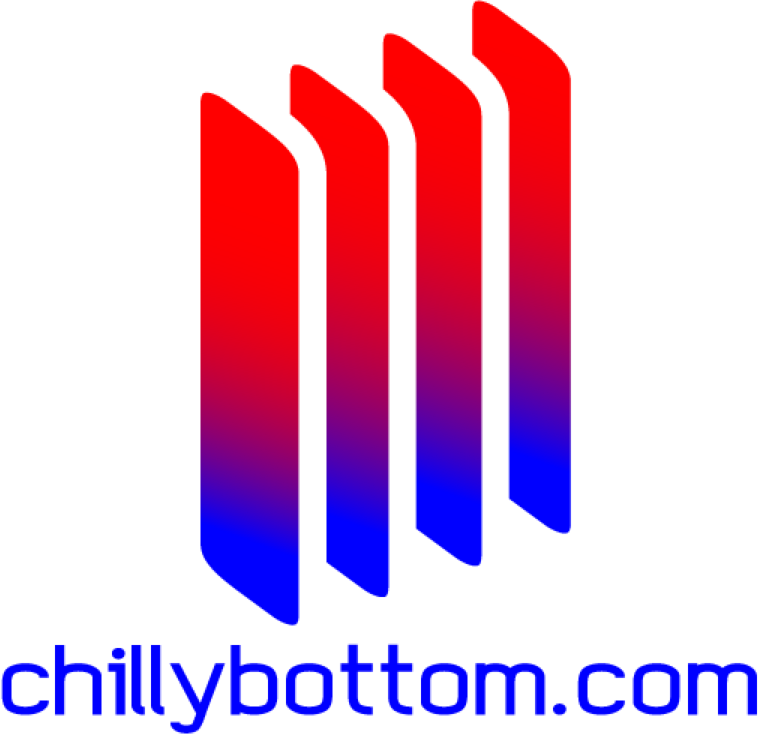Power Flushing & Descaling Services
How do we solve your central heating problems?
Although the actual process is a much longer and more detailed, we've provided you with a handy list that shows you the basic steps of our process:
Connection and first run through to check for any problems.
Sludge remover or acidic cleaner is added to the system to loosen up sludge and debris. This can be done hours or days in advance depending on the chemical used.
Each radiator gets flushed in turn with the other radiators turned off. There is no need for removal of the radiators.
Frequent flow reversals during flushing to disturb the maximum amount of sludge and debris.
Magna Cleanse filter gets used with the Kamco CF90 machine to remove sludge faster and more effectively.
Boiler, radiators and all pipe work gets flushed until your water runs clear.
Inhibitor (a chemical) gets added to system to prevent future damage.
System gets re-balanced radiator by radiator.
Water is tested for turbidity, PH, TDS, dissolved iron, dissolved copper and inhibitor concentration.
Heat system and thermal image scan.
Water Treatment for Central Heating Systems
Few car owners would expect their vehicle to perform reliably for years without ever checking levels of oil and water or servicing the vehicle. Yet many householders do just this when it comes to the "engine" of their heating system, their central heating boiler, or the other parts of the system that provide vital warmth and hot water throughout the year.
Water treatment (WT) is one of the measures necessary to ensure good heating system performance. An efficient boiler, effective controls, fully-functioning radiators and correct system protection and maintenance - achieved by the right water treatment regime - all help to keep your energy bills lower.
That is why building regulations, British standards and most boiler manufacturers' installation instructions now give recommendations on the use of WT chemicals and other devices such as system filters. These help to ensure that both the boiler and the heating system perform reliably and efficiently throughout their expected lifetime.
The WT manufacturer's dosage specifications and user instructions must be followed and the correct procedures must be used when carrying out the operations described below. "Conventional" cleaning and flushing and use of inhibitors as described below should ideally be carried out by a competent person. Power-flushing should only be carried out by a competent person.
Before cleaning
After cleaning
Here's an in-depth look at our water treatment process provided by our power flush experts.
Water treatment for central heating systems covers three main areas: cleaning, protection and maintenance.
Find out how we clean and flush your central heating blockage away.
Find out how we protect your central heating system against future damage.
Find out how we ensure that your central heating remains safe and effective.






